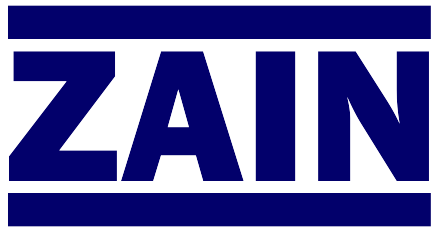Mixing With Open Impellers in Higher Viscosity Fluids
Authors:
James Y. Oldshue, Ph.D.
Ronald J. Weetman, Ph.D.
Chandler K. Coyle
Jeffrey L. Honig
The paper explores the development and performance of high-efficiency open impellers, specifically the LIGHTNIN® A320, for mixing high viscosity fluids in the chemical industry. Experimental results demonstrate that this impeller achieves faster blend times and significantly reduces power and torque requirements compared to the traditional pitched blade turbine. The study also highlights the impact of fluid rheology, Reynolds number, and impeller flow patterns on mixing efficiency and process optimization.
Key Learnings
- High-efficiency impellers, such as the LIGHTNIN® A320, can significantly improve mixing of high viscosity fluids compared to traditional pitched blade turbines.
- The A320 impeller achieves faster blend times while using less power and torque, offering up to 50% power savings and 41% torque reduction.
- Fluid viscosity and rheological behavior (Newtonian vs. non-Newtonian) directly affect impeller performance and blend efficiency.
- Reynolds number is a critical factor in determining flow regime, impeller efficiency, and power requirements.
- Axial flow impellers provide shorter blend times and more uniform flow patterns than radial flow impellers in high viscosity applications.
- Impeller and process viscosities must be considered separately when calculating power draw and blend times for accurate process optimization.
- Blending efficiency is influenced by primary (direct) flow and secondary (entrained) flow, both of which are sensitive to viscosity changes.
- High-efficiency impellers can reduce the overall cost and size of mixer drives due to lower power and torque requirements.
If you can’t see the PDF, click "Open in new tab".

